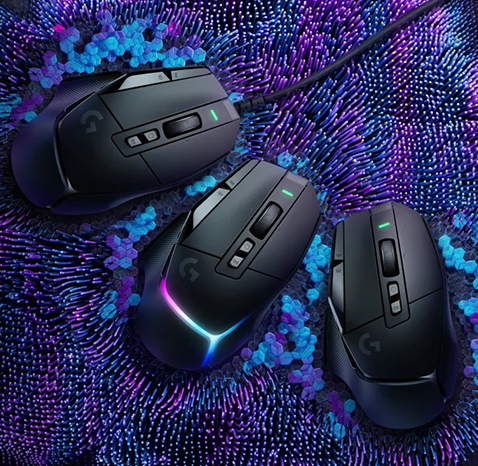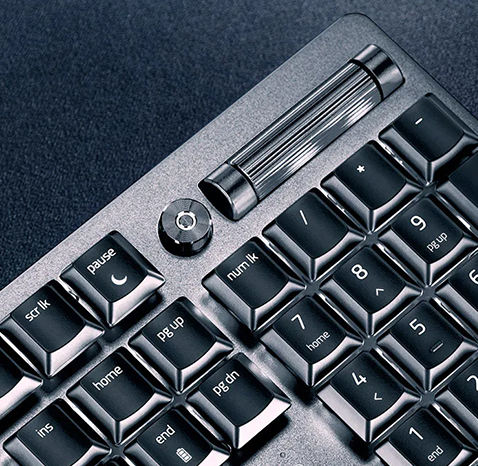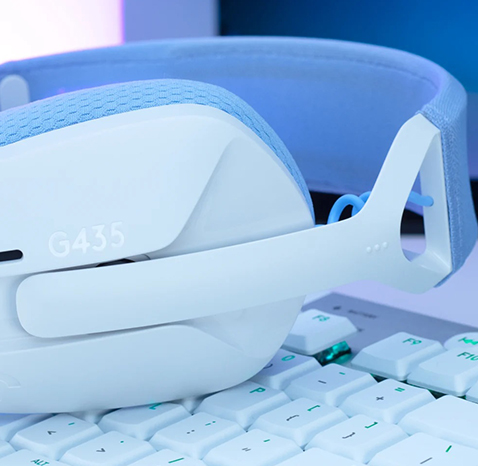The rise of eSports has been on the horizon since the dawn of video games. Beginning in the 1970s as humble arcade tournaments, these local competitions grew in popularity and size until the boom of internet gaming in the 1990s created eSports as we know it now. Competitive gaming has been a logical next step in video game culture due to their inherent score keeping, leader boards, team games and achievements. While physical sports limit players (and often fans) by their geographical location, eSports competitions can be played remotely online and viewed by fans across the globe in real time. Now, as eSports has grown, we are seeing tournaments played live in huge stadium events with coverage from major sports outlets like ESPN. The mainstream success of eSports has even encouraged many Australian schools to host their own tournaments with students and is an exciting opportunity for young people across the country.

In addition to eSports, the popularity of gameplay streaming on Twitch and YouTube has encouraged many people to start making their own gaming content. As streaming equipment has become easier to use and acquire, the barrier for entry has been lowered and allows more people to give it a try, show off their skills and have a tonne of fun with a community of likeminded people.
Having the right gaming equipment is important when playing competitively, as you don’t want to be limited by your technology. Even if you’re not a pro gamer, having a great gaming set up can help improve your skills, enhance your experience or just look really cool. Aside from a gaming PC or console, you will also want to consider a mouse and keyboard, a gaming headset and a suitable monitor to play on.
Mice
Gaming mice typically allow for better accuracy, faster movements and a more comfortable grip. The mouse you buy will depend on the type of games you play most regularly.

RTS (Real Time Strategy) and MOBA (Multiplayer Online Battle Arena) players would be encouraged to consider a mouse with additional buttons that can be assigned to various in-game functions. FPS (First Person Shooter) players on the other hand will be more interested in DPI (Dots Per Inch) and CPI (Counts Per Inch). The sensitivity of your mouse, and the ability to adjust it, is especially beneficial for the accuracy of aiming and shooting with a mouse.
Some other things to consider are the size and weight of the mouse, the sensor type and even the RGB lighting options.
Keyboards
A gaming keyboard can make a noticeable difference in performance when compared to a typical computer or laptop keyboard. A keyboard’s precision and low latency are imperative to the competitive gaming experience.
A lot of people enjoy mechanical keyboards as they are typically faster and more durable while also providing a tactile response to each button push. Where the button press actuates is also important, especially in competitive gaming, as it is all about accuracy and speed.
Many gamers will also consider a TKL (tenkeyless) keyboard which removes the numpad from the right-hand-side therefore making the keyboard smaller. This is ideal if you want your hands closer together, frees up space on your desk and reduces the distance your hand has to travel between the keyboard and mouse.

Headsets
Some gaming headsets are designed to be console specific, allowing for greater integration with your Xbox, PlayStation, Switch or PC.

Gaming headsets also include a microphone to communicate with teammates, an essential part of online strategy games. Directional audio and surround sound are important aspects of competitive gaming, allowing for more accuracy when locating enemies. Some headset are also noise cancelling, ensuring you have no distractions from the outside world.
As with any over-ear or on-ear headphone, you will also want to consider the fit of the band and earcups to ensure the headset is the most comfortable option for you.
Monitors
There are a number of factors to consider when purchasing a gaming monitor. The size of the monitor is a great starting point though it ultimately comes down to personal preference and the physical space you are working with. Most eSports athletes use either 24” or 27” monitors however, the LG 42” C2 OLED TV is also very popular amongst casual gamers as was the 48” C1 predecessor. Resolution is also an important factor with 1080p Full HD being the entry point for any burgeoning competitive player. 1440p, 4K and even 8K are all great options if you are willing to make the investment and have a PC or console that can support it.
Refresh rate is the next important aspect to consider with any gaming monitor. This is how many times the image on screen is refreshed in one second. For gaming, this will help you identify enemies quickly and improve accuracy in aiming/firing by reducing input lag. Ideally look for a monitor that offers a 144Hz refresh rate, though for reference eSports athletes may be playing with 240-360Hz. Response time is also important for speed and accuracy, the lower the better.
You may also want to consider the type of panel, the backlighting, bezel size, inputs/outputs, colour accuracy, FreeSync and GSync, motion blur, etc.

Click here to view our full gaming range from Razer, Logitech G, Bloody and more.
Thinking about creating your own gaming content? Take a look at our extensive range of production and streaming equipment.


